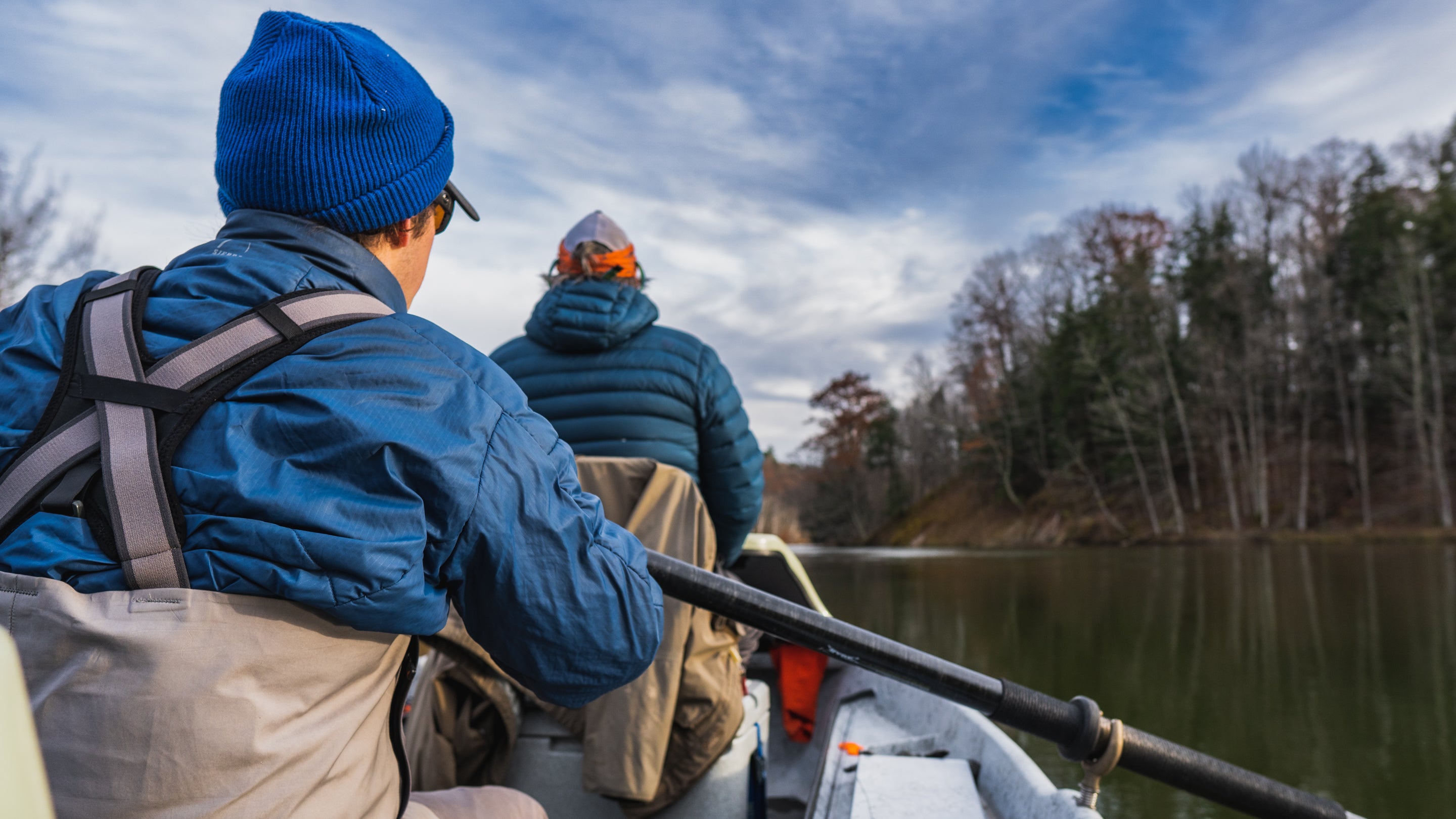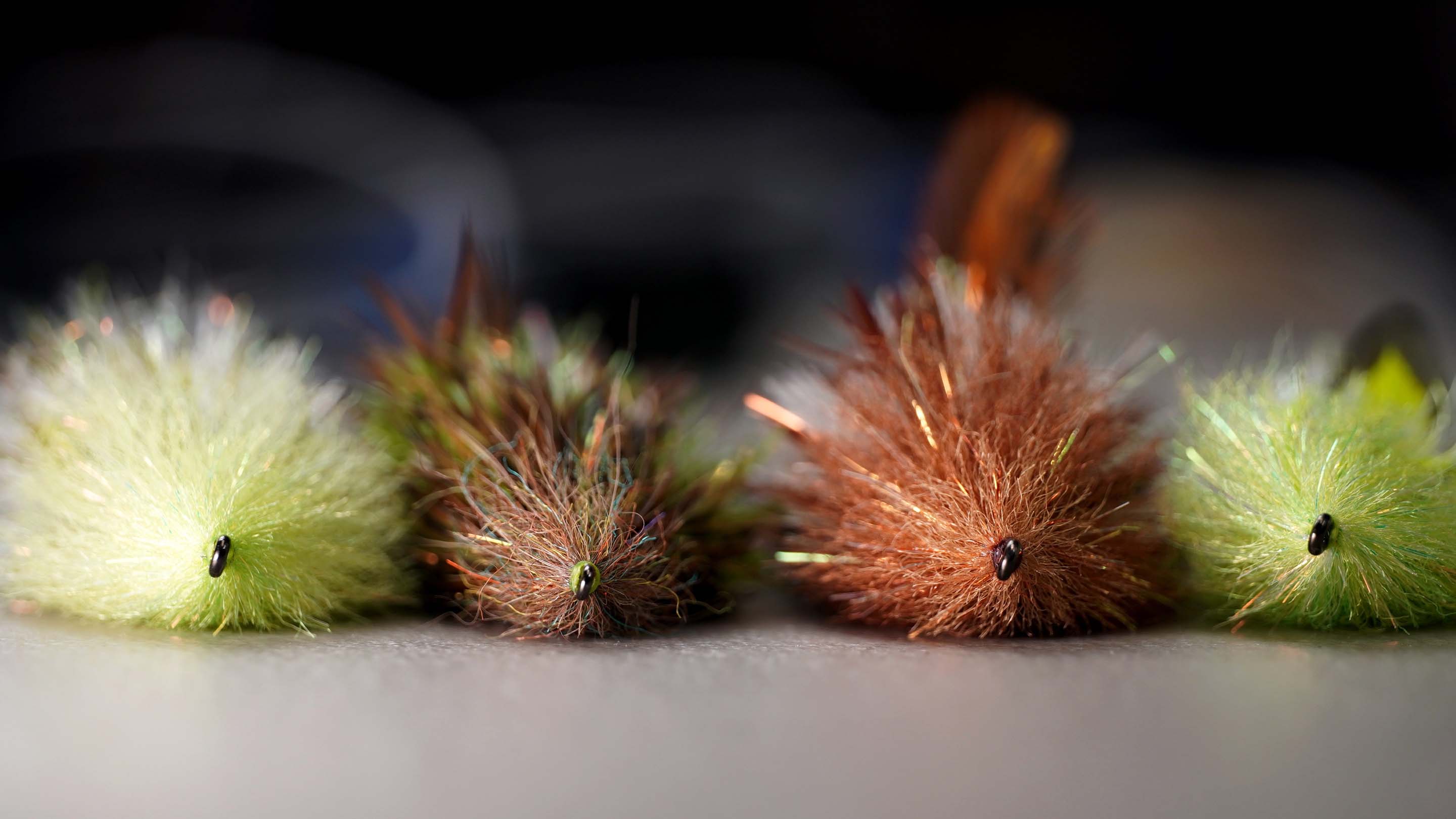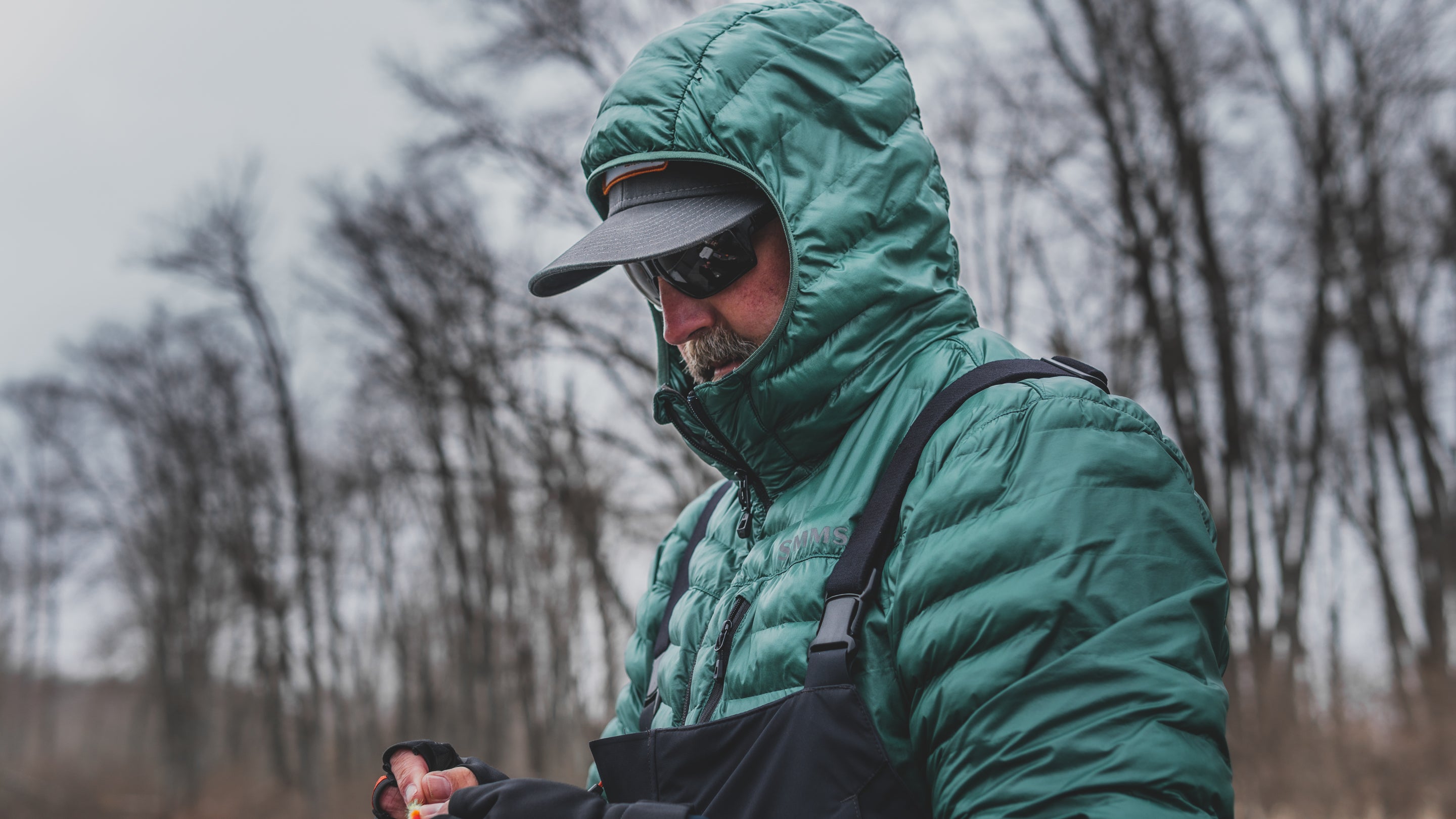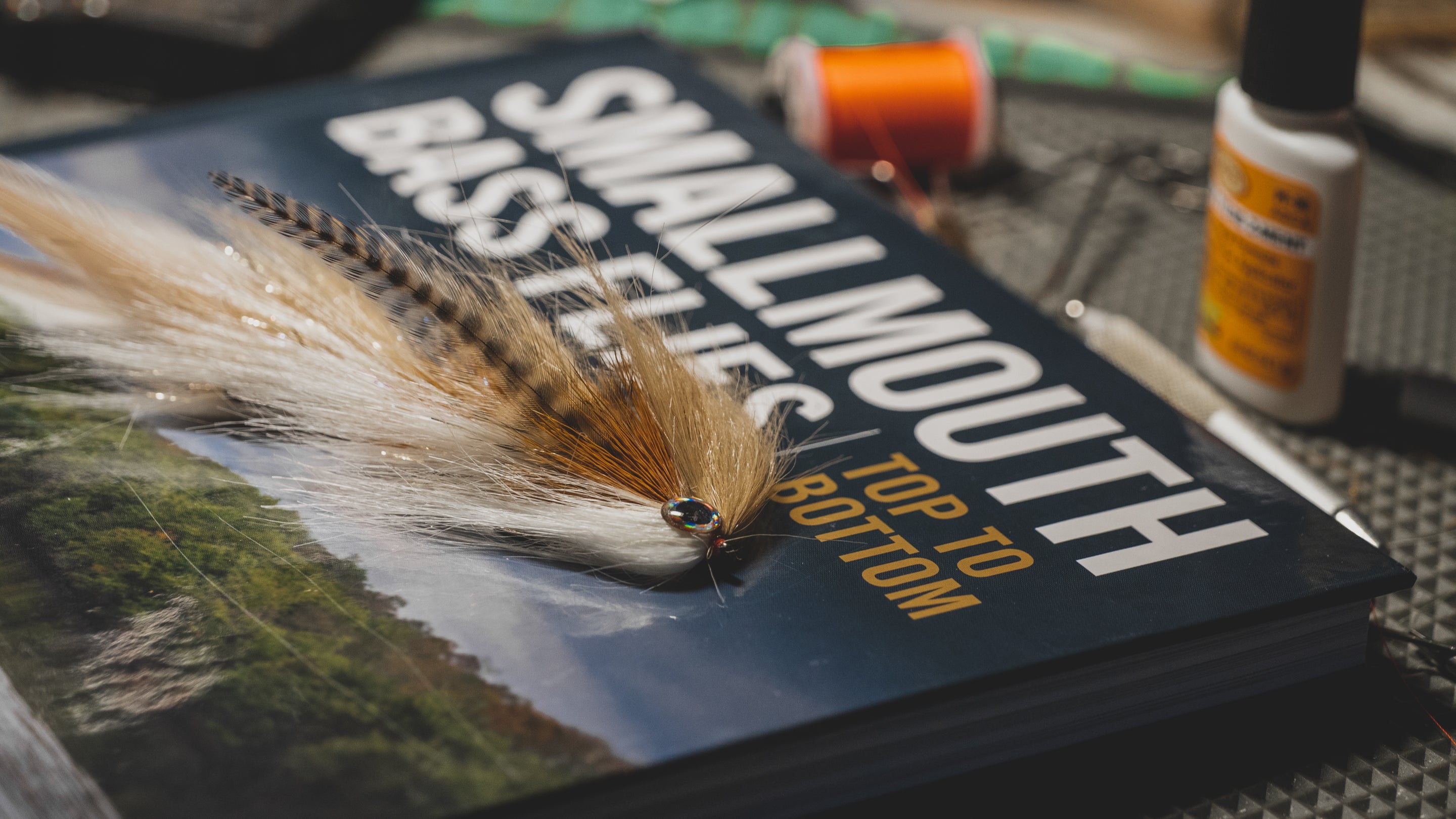Improve Your Casting! 5 Tips for Better Practice
Whether you're a seasoned angler looking to fine-tune your casting skills or a beginner eager to learn, this article is packed with invaluable insights. Today, we've got five tips for improving your cast through practice. We all want to be better casters, so the choice we need to make is whether we're going to invest the time upfront with practice or slowly improve over time on the water.
Now, I know that practice is not something many of us can easily find time for, but I'm here to tell you that carving out just ten minutes a few times each week can immensely change your game. Fly fishing is unique in that it offers us the opportunity to practice and improve our abilities before we even head to the water. So, let's dive into how you can work smarter, not harder, to become a casting pro.
When to Practice: The "when" is pretty simple—literally any time you can carve out for yourself. The big mistake I see many anglers make is waiting for perfect conditions. The truth is, none of us are lucky enough to have ideal conditions on the water every time we go fishing. It doesn't matter where you're located; you cannot rely on perfect conditions. So, practice when the wind is blowing! It's going to happen on the water, so you may as well practice in those same conditions to learn how to adjust your casting and presentations effectively.
Where to Practice: Choosing the right place to practice is crucial. While water is the best, it can be distracting because, as anglers, we can't help but focus on fishy water, hatches, or potential fishing spots. That's why an open grassy area, like your backyard or a local park, can be perfect for practice. The closer your practice spot is, the more likely you are to use it consistently. With ample space, you can practice a wide range of techniques without distractions.

Now that we've covered the "when" and "where," let's dive into the five tips for practicing your cast:
1. Use a Yarn Fly: Using a yarn fly mimics the weight and feel of a real fly, making it perfect for practice. You don't want to be throwing hooks around, snagging grass or potentially yourself! Please wear safety glasses or sunglasses when you are practicing. Even yarn can hit you in the eye and quickly ruin your day. I like egg yarn for practice. It's extremely affordable and easy to see at a distance. Pick a color you see well that contrasts with your practice area and get going!

To create a "yarn fly" you'll want to take a hank of yarn and wrap the tippet around it like it's the eye of a fly. From there, you're just tying a basic clinch knot.
2. Make Practice Intentional: Instead of mindlessly casting, try to solve specific problems during your practice sessions. Visualize scenarios you might encounter on the water and work on casting techniques that address those situations.
A huge mistake I see anglers make all the time is stripping a pile of line off their reel and seeing how far they can cast. This is not practice! If you're having issues casting into the wind: practice casting into the wind. If you're having issues with your off-shoulder cast: practice your off shoulder cast.
3. Use a Target: Yes, this is obvious but often I see anglers skip this and just start casting. A target is there to give you feedback and help you learn how to adjust to changing conditions. Remember your fishing won't happen in perfect conditions so you should practice in the wind! Learning how to deliver a fly accurately in a crosswind can be the difference between success and skunk.

Personally, I like to use hula-hoops as they are affordable and give you a great visual from a distance. Also popular are frisbees, pie tins, and anything else easy to see.
4. Record Yourself: Recording your practice sessions allows you to review your form and identify areas for improvement. We all have smartphones these days and being able to visualize your cast help you make improvements fast. There is something about having a visual element that drives technique changes home. Even when I'm working with an angler on their cast and telling them what's happening, it can take a lot of time to fix. When I show them what's happening, it just clicks.

Grab yourself a phone tripod or lean it against something so you see where you are starting and stopping your cast and how much your wrist is flexing.
5. Stick to the Plan: Have a practice plan in mind before you start. Set goals for each session and work on specific aspects of your casting technique.
Below are three drills that I often use to improve casting technique:
THE ORBIT: if you only have time to do one drill, this is my favorite. I find an area with plenty of space in every direction and space myself from the target at a close but reasonable casting distance. After each cast I take two side steps and rotate myself around the target throughout the drill.

This is designed to help you adapt to wind direction at different distances. Throughout this drill you'll need to cast into and away from any breeze and deal with it blowing on the right & left. After each orbit you can increase the distance to the target but remember to start close and work out!
THREE WIDE: In this drill we'll be working to maintain energy in our cast while changing directions. The most efficient cast has a back & forward cast that travels in a straight line. In order to change directions however, you'll want to make several small angle changes instead of one large angle change.

I set up three targets all in a line equal distance from myself. Here I work on casting from each target left to right then right to left. Instead of a one cast change, I make a false cast or two between pickup and delivery.
TRAFFIC LIGHT: Here's your distance casting drill. Again, I work with three targets in a row but stacked like a traffic light. Personally I pay lots of attention to the distances of these targets and try to set them between my standard casting distances and my maximum.
Starting with your fly in the first target and with plenty of slack available I work on picking up and shooting my line to the next target with the least amount of false casting possible. After a few rounds, I'll also work from the mid target to the furthest target.

You can also work on shooting from the closest target to the furthest. One of the biggest advantages of this drill is helping you visualize specific distances. I'm headed to saltwater here in a few months so I've been working hard with this drill to visualize the common casting distances I'll be dealing with in Meters.
We hope these tips will help you dial in your casting and take your fly fishing skills to the next level. Get practicing, and we hope to see you all soon, either in the shop or on the water. Happy casting!


